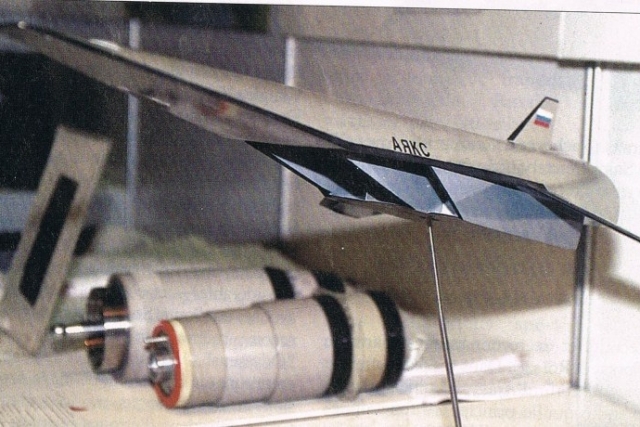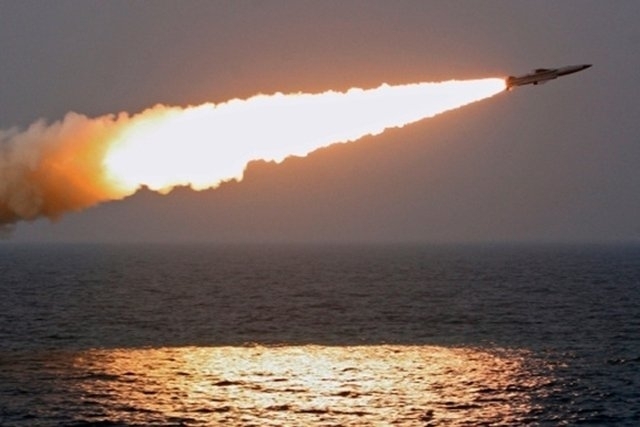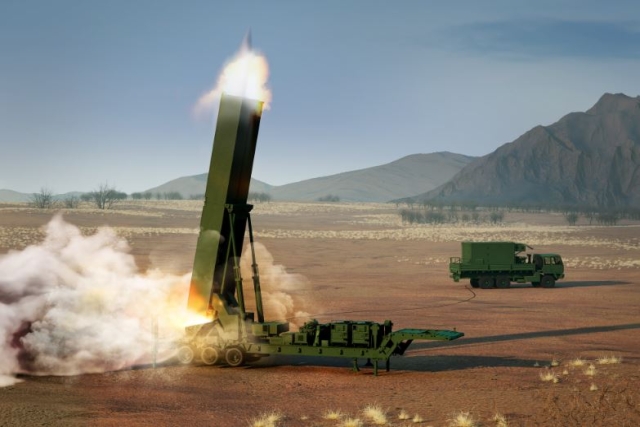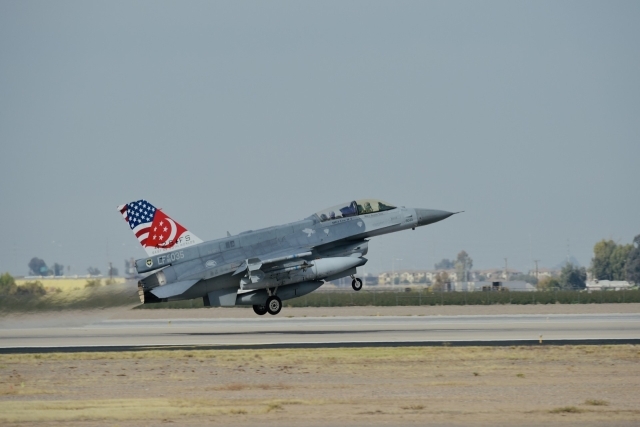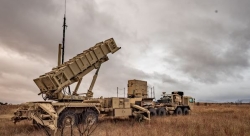China's Mach 30 Wind Tunnel to Help In Hypersonic Weapons, Spacecraft Development
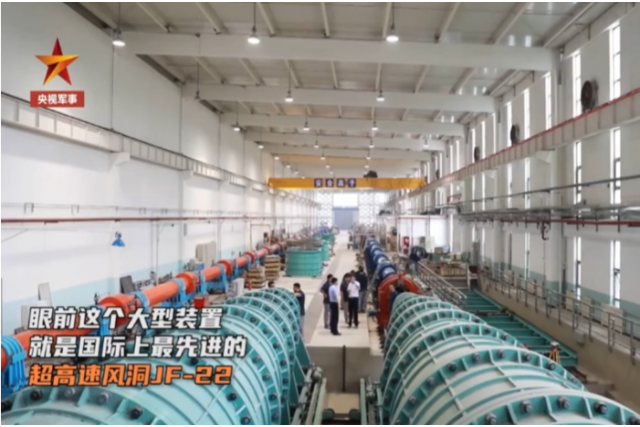
China's JF-22 hypervelocity wind tunnel that can reportedly simulate a speed of Mach 30 at high altitude will contribute to the country's hypersonic and aerospace aircraft programs.
Hypersonic aircraft developed through the technology will be able to fly at Mach 5 to 10 and arrive at any location in the world within one or two hours. The technology could also help develop aerospace aircraft that reduces satellite and spacecraft launch costs by 90%, Chinese state media reported citing military experts on Monday.
The project to build JF-22 was started in 2018 after the successful development of the JF-12 wind tunnel in 2012 that can simulate Mach 5 to Mach 9. The JF-22 wind tunnel is expected to finish construction in 2022.
Dubbed the cradle of China's next-generation aircraft, the hypervelocity wind tunnel can simulate a top speed of 10 kilometers a second, or 30 times the speed of sound, at an altitude of from 40 to 100 kilometers, a China Central Television (CCTV) report said.
A display board at the wind tunnel site uses an illustration of the U.S. X-51 WaveRider hypersonic flight test vehicle as a depiction of a hypersonic aircraft, the report said.
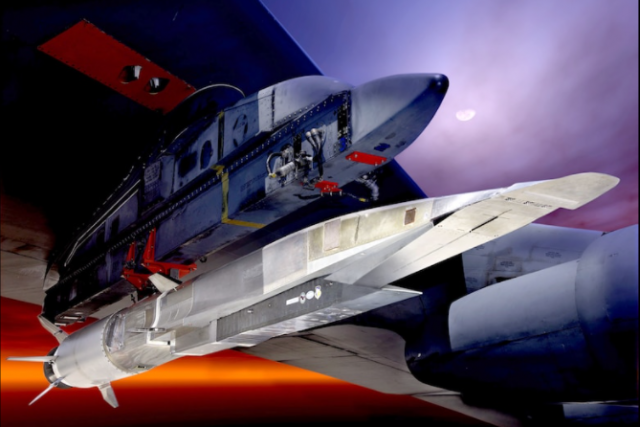
The experimental X-51 program aimed to pave the way for future hypersonic weapons, hypersonic intelligence, surveillance and reconnaissance, and future access to space, according to the website of the U.S. Air Force.
The X-51A Waverider is an unmanned, autonomous supersonic combustion ramjet-powered hypersonic flight test demonstrator. It is designed to be launched from an airborne B-52 Stratofortress bomber. The flight test vehicle stack is approximately 25 feet long and includes a modified solid rocket booster from an Army Tactical Missile, a connecting interstage, and the X-51A cruiser. The nearly wingless cruiser is designed to ride its own shockwave, thus the nickname, Waverider.
Fu Qianshao, a Chinese aviation expert, told the Global Times on Monday that the development of hypersonic aircraft will come earlier than aerospace aircraft because they are less technologically complicated, and that early hypersonic aircraft could be disposable, when they are used for military purposes like reconnaissance and attacks.
After that, hypersonic aircraft could develop civilian uses including transport, Fu predicted.
Aerospace aircraft will be more difficult to develop, but it will be worth it, Fu said, noting that they require faster speeds and more complicated power systems, which could be a combination of turbofan, scramjet and rocket engines, in order to break the first cosmic speed.
Wind tunnels are the more accurate and efficient way to develop new aircraft when compared to other methods like computer simulations and model experiments, Fu said.

